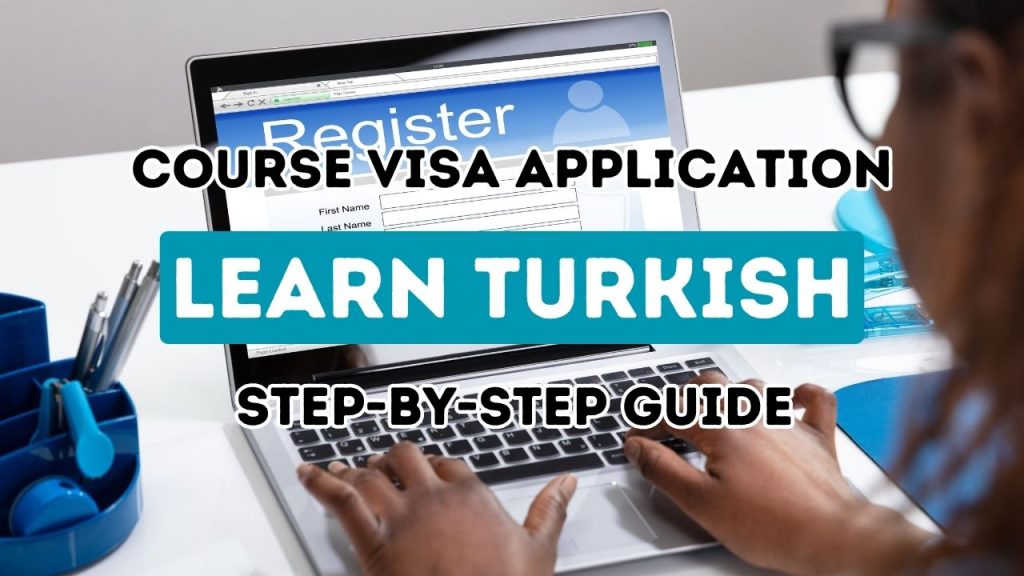Understanding Turkish language levels, from A1 to C2, is crucial for learners navigating their path to fluency. Imagine trying to assemble a puzzle without all the pieces; that’s what learning Turkish without knowing these levels could feel like. The A1 to C2 scale, familiar to those acquainted with language learning levels, guides you in mastering Turkish. Starting at A1, you grasp the basics, progressing to A2 where you build simple sentences. B1 and B2 stages elevate your confidence, allowing you to converse with native speakers. At C1, you engage in sophisticated discussions, and by C2, you achieve near-native proficiency. Recognizing these Turkish proficiency levels helps streamline your study and track progress effectively. As you learn Turkish language skills, aligning with these clear milestones ensures a structured approach. Leave guesswork behind, and target each level with intent and purpose for a comprehensive learning journey.
Understanding the CEFR Framework for Turkish Proficiency
The Common European Framework of Reference for Languages, or CEFR, is your guiding star in learning Turkish language levels. This system provides a structured path from A1 to C2, mapping out your Turkish proficiency levels. At A1, you’re learning the basics, setting the foundation. Progressing to A2, you form complete sentences, gaining confidence. B1 and B2 are where the real magic happens, fleshing out your conversational skills. By C1, you’re delving into complex dialogues, while C2 crowns your journey with near-native fluency. Understanding this framework isn’t just about passing exams; it’s about genuinely mastering the language. The CEFR makes it easier to learn Turkish language systematically and efficiently. Using this roadmap, learners, teachers, and employers worldwide can better assess and communicate Turkish proficiency levels. Embrace this framework, and watch your language learning levels soar.
For those striving to learn Turkish language, the CEFR framework is your reliable companion, breaking down language learning levels into digestible segments. Starting with A1, beginners find their footing, identifying common phrases and simple texts essential for everyday interaction. Moving to A2, there’s an intuitive jump as you begin tackling routine tasks and short conversations. Then comes the bridge of B1, where learners start handling unforeseen situations, a key milestone in Turkish proficiency levels. At B2, you’re navigating different topics, having spirited discussions with clarity and ease. The leap to C1 elevates your Turkish communication as you dissect complex subjects with nuance. Finally, C2 is the pinnacle, where the language flows effortlessly, and you think in Turkish instinctively. Understanding these steps within the CEFR is not just about academic progression; it’s a gateway to unlocking your full potential in the Turkish language.
Understanding Turkish language levels through the CEFR framework aligns with a strategic approach to mastering the language. It’s like having a trusted map in a foreign city—each level guides you through the terrain of skills needed. Begin with A1, where you pick up vital expressions for simple communication. Progressing to A2 feels like unlocking another piece of the Turkish puzzle, tackling more straightforward interactions. As you reach B1, your Turkish proficiency levels take a formidable leap, enabling you to manage unexpected scenarios. B2 is where expression becomes enjoyable, discussing a variety of subjects with fluency. The transition to C1 enhances your ability to debate and analyze, mastering nuanced topics. Finally, at C2, the language becomes second nature, reflecting true fluency. Recognizing these language learning levels ensures your efforts to learn Turkish language are both intentional and rewarding.
Key Features and Skills at Each Level
Exploring key features of Turkish language levels reveals distinct skills at every stage. Starting at A1, learners encounter the fundamentals. Here, greeting someone, introducing oneself, and discussing family are within reach. As learners advance to A2, they form simple sentences and engage in routine communications about familiar topics. Stepping into B1, the Turkish language begins to open up. Conversing about current events and articulating desires and dreams become achievable. At B2, Turkish proficiency levels expand further. Complex text comprehension and impromptu dialogues are part of the curriculum. Reaching the heights of C1 involves tackling subtle nuances in conversation, delving into the richness of the language. Finally, C2 signifies an accomplished journey. Near-native fluidity in expression and understanding is the hallmark of this peak. Learn Turkish language skills progressively at every level to boost not only confidence but capability, methodically pursuing fluency through defined milestones.
Next, we delve into the skills honed at each distinguished level of Turkish language learning. At A1, beginners gain the ability to understand and use everyday expressions, while A2 brings enhanced competence with simple, direct communication regarding routine tasks. Transitioning into B1, learners can grasp main points of clear, standard input, often handling basic travel situations. B2, a pivotal level, introduces learners to constructing arguments in more complex contexts, marking a notable step in Turkish proficiency levels. Circling into C1, there’s a leap in linguistic finesse, enabling learners to use language flexibly in social and professional environments. Finally, C2 culminates in mastering the art of nuanced communication and comprehensive comprehension akin to a native speaker. Aligning your Turkish language levels journey along these clear stages, embracing each skill-set, and engaging actively paves the path to mastery. Step by step, these milestones ensure robust progress in your quest to learn Turkish language effectively.
Moreover, beyond these levels, learners often experience unique growth. At A1, the joy of recognizing familiar words sparks initial enthusiasm in Turkish language levels. Then A2 nurtures connections through structured, yet simple dialogues. Progressing to B1 offers a sense of autonomy, where exploring diverse topics feels less daunting. B2 brings confidence, with improved comprehension of intricate texts and discussions. It’s here that learners start feeling part of the conversation rather than merely observers. The journey entering C1 is where Turkish language harmonizes with personal expression. Navigating social and professional realms becomes almost second nature, reflecting an adaptable proficiency. Ultimately, C2 is less of a milestone and more of an arrival—a full embrace of Turkish language subtleties, conveying thoughts as effortlessly as breathing. With clear language learning levels, embarking on this path ensures development in areas essential for true Turkish proficiency levels. This roadmap transforms learning into an art of progressive discovery.
Tips for Progressing from A1 to C2 in Turkish
Progressing through Turkish language levels from A1 to C2 is like climbing a staircase—each step builds on the last. To smoothly transition from A1, immerse yourself in everyday Turkish; listen to simple songs or practice basic greetings. As you reach A2, grow your vocabulary and start forming complete sentences. At the B1 and B2 stages, engage more actively—watch Turkish shows without subtitles, or join conversation groups, challenging yourself. When you hit C1, dive deep into Turkish culture—debate current events or read Turkish literature. Finally, C2 demands refining your skills to near-native fluency. Regular immersion in Turkish life sharpens your proficiency. Remember, progress isn’t linear. Embrace each Turkish proficiency level, from A1 to C2, with patience and persistence. With consistent practice, you’ll master each milestone, ensuring a fluent and rewarding Turkish language journey.
Turkish language levels offer a roadmap to fluency, guiding learners from A1 to C2 like a seasoned navigator. To excel, customize your study routine to include a mix of speaking, listening, and writing exercises tailored for each level. Start small at A1, learning basic phrases and greetings, and gradually engage more deeply with the Turkish-language world around you. By the B1 and B2 stages, focus on exchanging ideas and immerse yourself in conversational practice to enhance fluency. Heading into C1, challenge yourself with Turkish films and books, and participate in discussions that require deeper analysis. To reach the esteemed C2 level, aim for continuous interaction with native speakers, refining your nuances. Remember, the journey through Turkish proficiency levels isn’t just about passing stages; it’s about weaving the Turkish language into the fabric of your daily life, driving you toward fluent expertise.
Tips for progressing through Turkish language levels, especially from A1 to C2, pivot on integrating Turkish into everyday life. Begin by setting clear, tangible goals for each level, such as understanding basic greetings at A1 or forming simple dialogues by A2. Utilize resources like apps and podcasts to enhance learning Turkish language skills efficiently. At B1, expand your conversational scope by joining Turkish-speaking clubs or online forums. With B2, start delving into Turkish media, eliminating subtitles, to sharpen comprehension. As you ascend to C1, engage in challenging discussions, focusing on advanced topics, to build confidence and sophistication. Finally, reaching C2 involves refining subtleties—focus on intonation and cultural expressions, immersing yourself in Turkish communities. Embrace every step with curiosity and patience, allowing each stage to unfold naturally. This structured approach ensures that Turkish proficiency levels are not just targets but gateways to truly embodying the language.





